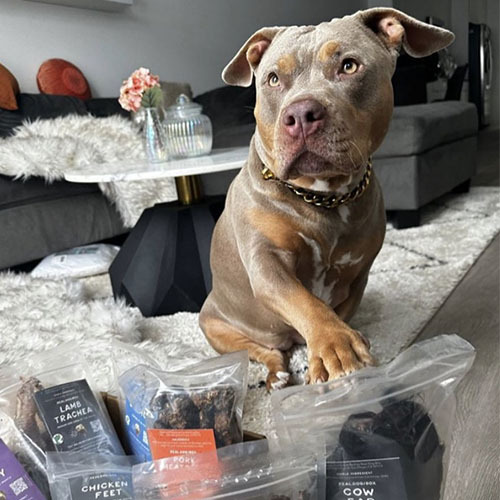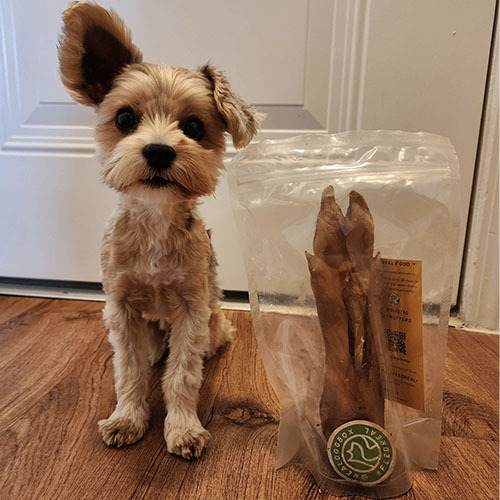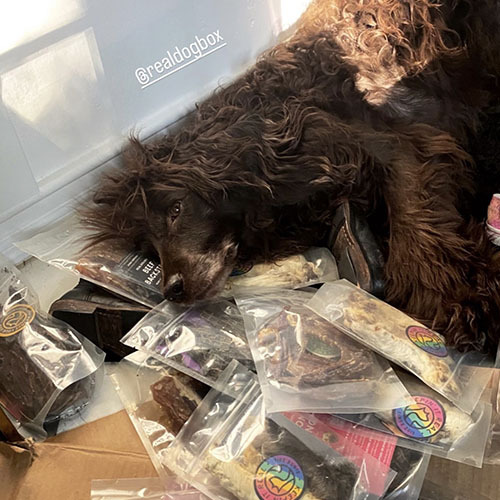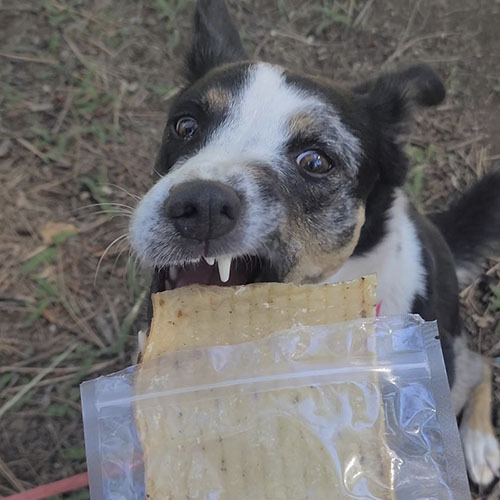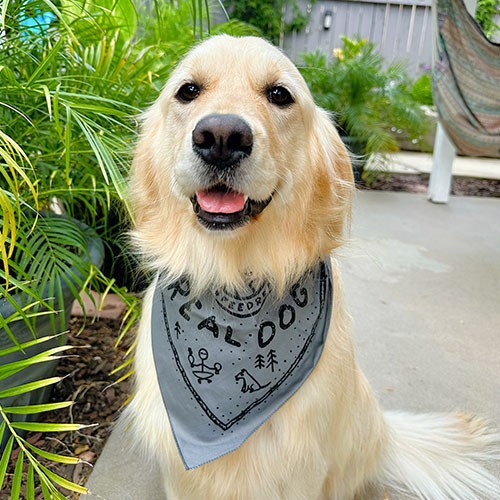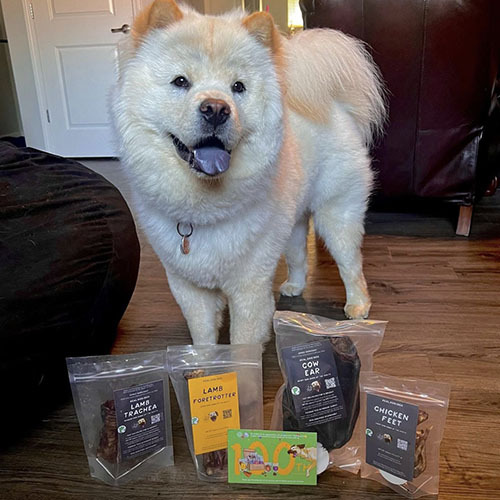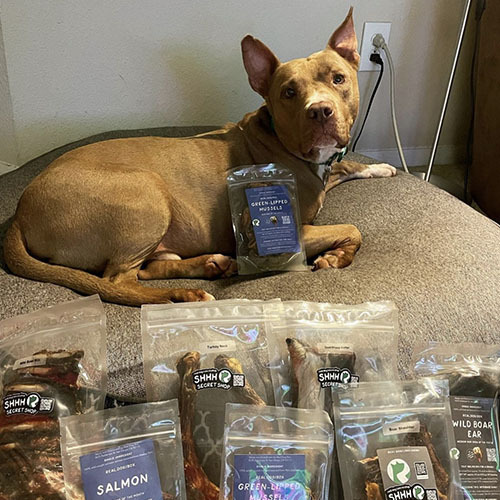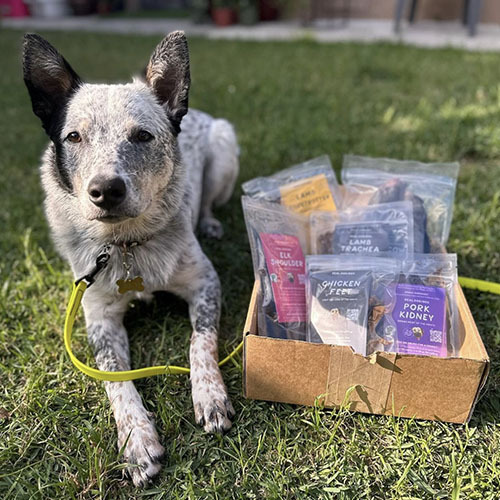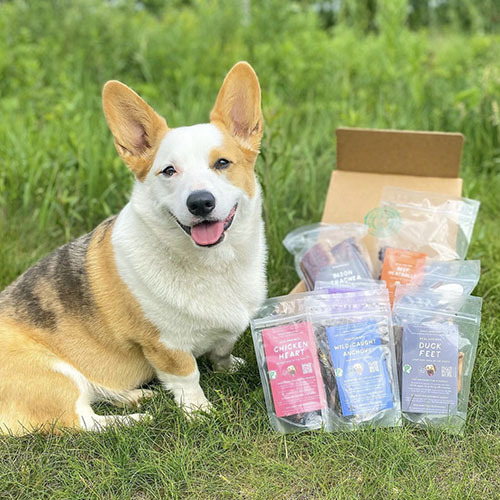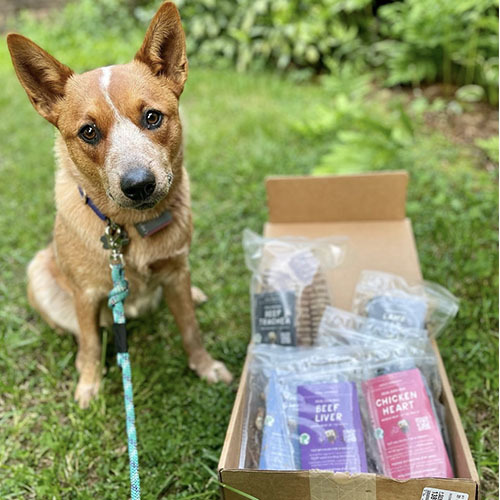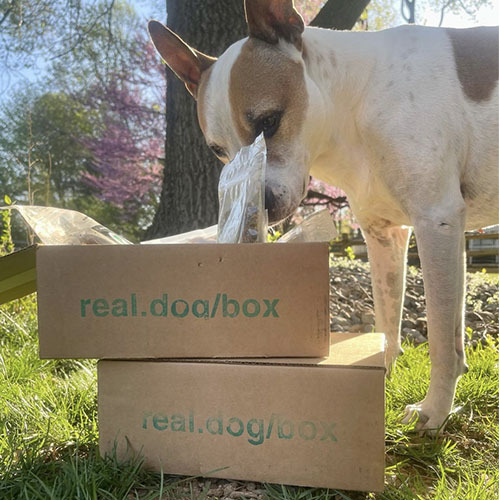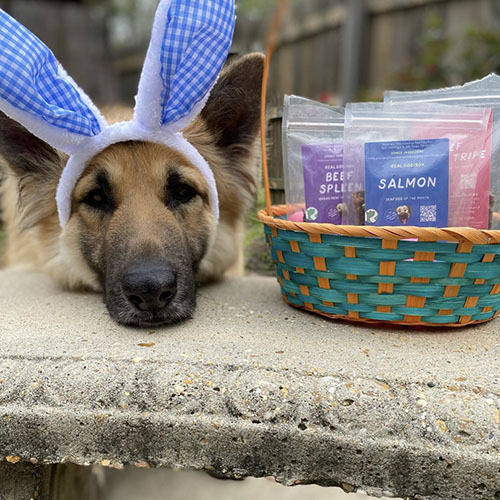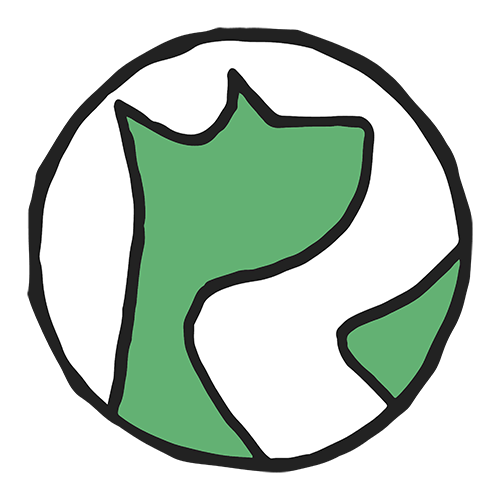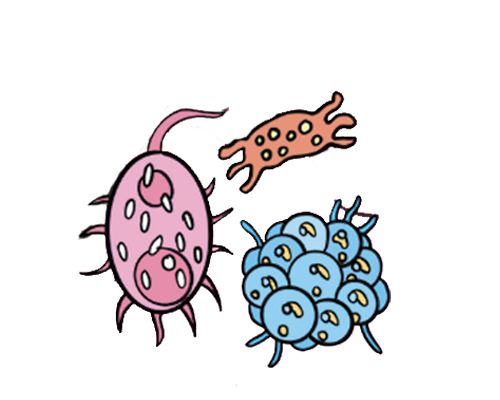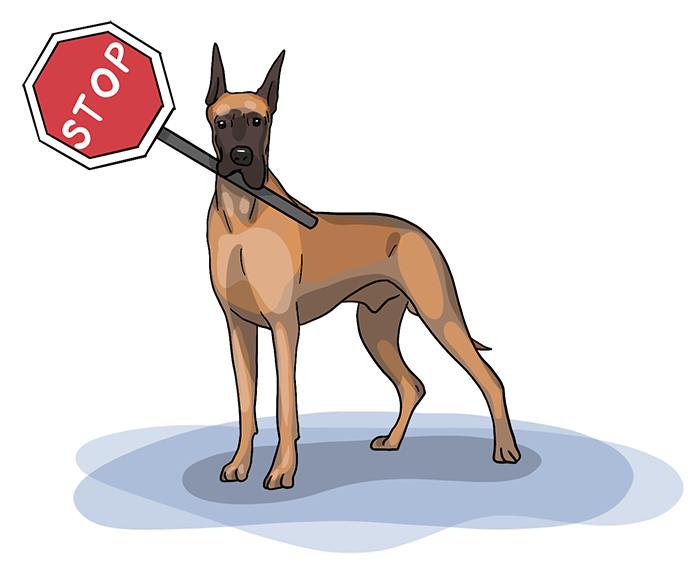
We Love Your Dog!
Feed Responsibly
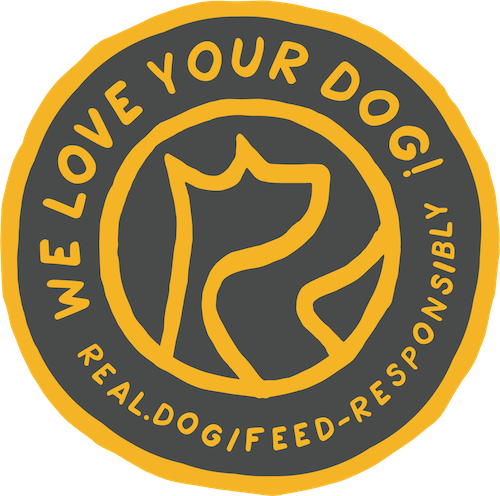
Thank you for choosing Real Dog Box to include more real food in your dog's diet. We know your dog is the center of your universe, and you want to spoil them, but feeding real food requires thoughtful care. Our goal is to help you feed your dog responsibly to keep them safe and healthy.
Start Slow – Know Their Portion Size
Introducing new treats and chews should be a gradual process. Begin with one protein at a time to avoid digestive upset. Watch your dog’s stool to assess how they’re adjusting to each new item. For tips on what to look for, check out our Poop Guide for signs of healthy digestion.
- Small dogs (under 20 pounds): One treat the size of two quarters
- Medium dogs (under 50 pounds): Two treats the size of three-quarters
- Large dogs (under 100 pounds): Three treats the size of four-quarters
- Giant dogs (over 100 pounds): Four treats the size of five-quarters
For chews, start with a 10-15 minute session maximum. If your dog is new to chews, start with 5 minutes and work up gradually. Don’t be tempted to feed multiple chews in one day—wait until your dog’s next walk and check for solid stools before offering another chew.
For detailed treat and feeding instructions, visit How to Introduce Real Dog Box Treats.
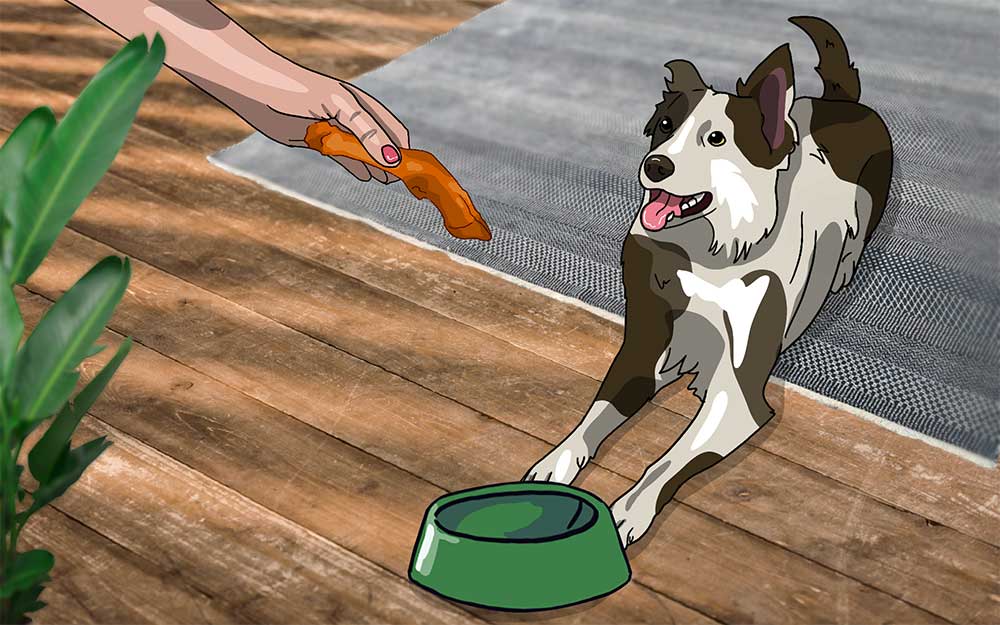
Supervise While Chewing
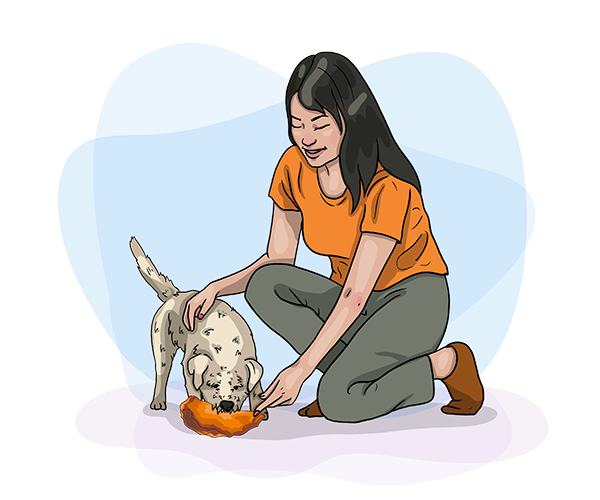
Shelf Life & Storage
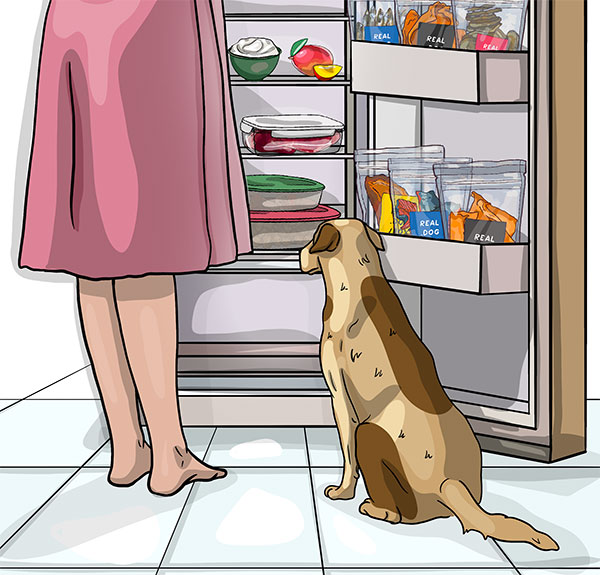
Nutrient-Dense – A Small Amount Goes a Long Way
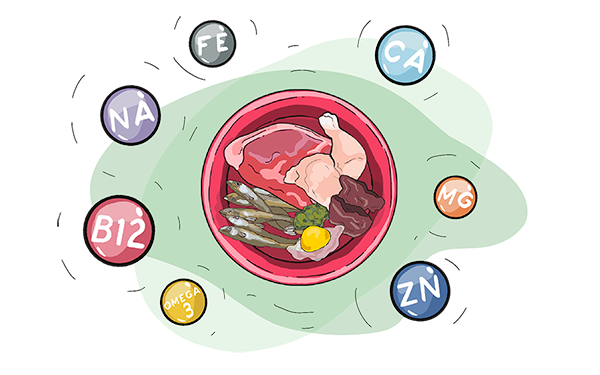
Risks Involved in Fresh Feeding
- Digestive upset: Tummy issues can happen, especially when introducing new proteins or chews. Slippery elm bark powder can help prevent loose stools when used 30 minutes before feeding new items.
- Tooth fractures and choking: Always supervise your dog with chews, especially bones. Be aware of gulping and fast eating.
- Blockages: Regurgitated bone in vomit is normal, but repetitive vomiting or diarrhea could indicate a blockage. If this happens, contact your vet immediately.
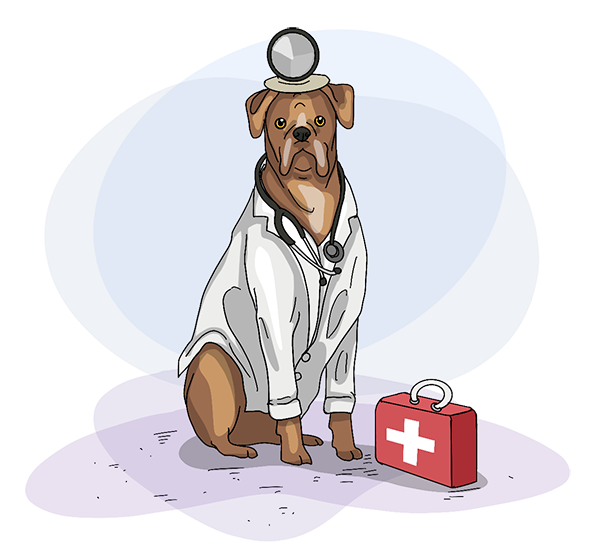
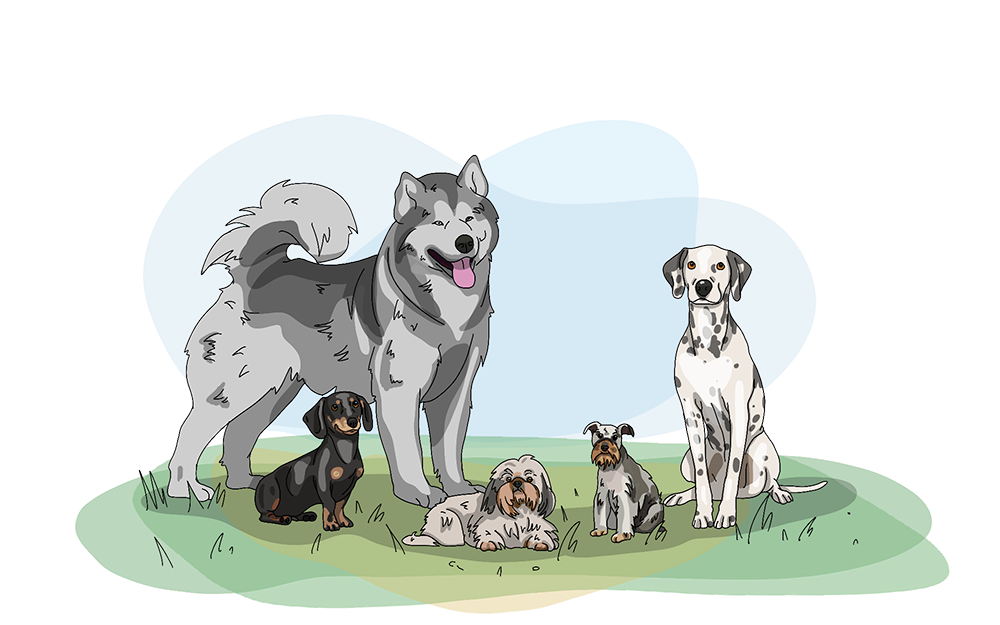
Know Your Dog

Feeding real food is easy with Real Dog Wellness Membership!
Benefits of Real Dog Box
Text message access to our Certified Canine Nutritionists
Free shipping up to 3x deliveries a month
Access to Secret Shop
Free replacement of any item that doesn't work for your dog
Protein restrictions customized for your dog
$10 in Real Dog Coins when you refer a friend
Benefits of Real Dog Wellness
A monthly 1:1 nutrition consult with your dedicated Wellness Coach (a $50 value)
Unlimited access to Certified Canine Nutritionists
$20 Real Dog Coins for every referral
Free access to over a decade of Feed Real Institute research and tools at feedreal.com/ ($9/month value)
Early access to Secret Shop
Secret Shop shipping fee is waived if the items in your cart are purchased by another user
Priority on Real Dog Box monthly menu
5% cash back on all Secret Shop purchases deposited directly into your Real Dog Wallet
$17/m membership
How Much Food Should You Give Your Dog?
There are several ways to calculate how much food your dog needs, but basically, it depends on your dog’s age, weight, and activity level. Measuring in weight measurements, pounds or kilograms, is more straightforward than figuring out how many calories your dog needs. Keep in mind that every dog is different and you’ll need to make adjustments for your individual dog. General guidelines are:
Not very active dogs need about 2% of their body weight daily. Not very active means that your dog gets less than 1 hour of exercise daily. Most house dogs fall into this category.
Somewhat active dogs need about 2.5% of their body weight daily. Somewhat active dogs get around 2 hours of exercise daily.
Very active dogs need about 3% of their body weight daily. Very active dogs are those getting 3 hours of exercise daily.
Super active dogs need about 3.5% of their body weight daily. A super-active dog gets 4 or more hours of exercise each day.
Feeding according to activity level is essential for obesity prevention. Over 50% of the dogs in the US are overweight or obese.
Watching your dog’s body condition and adjusting the amount of food provided will help keep off those unwanted extra pounds.
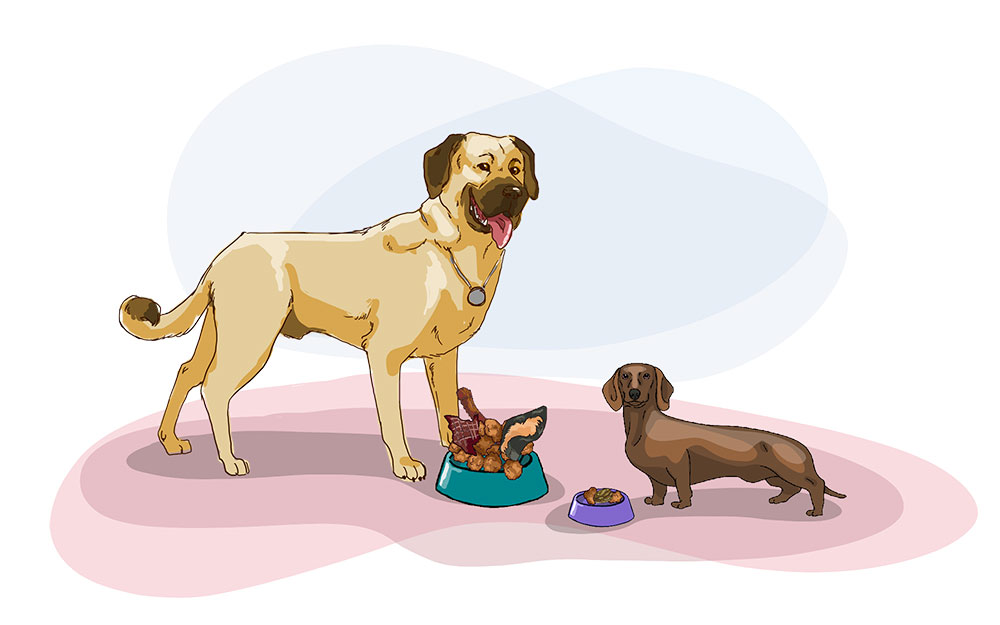
Feed Real Food
It's an investment for your dog's life.
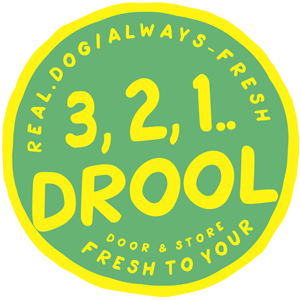 We craft our food in small batches, air-dry it in one single step, and deliver it fresh.
We craft our food in small batches, air-dry it in one single step, and deliver it fresh.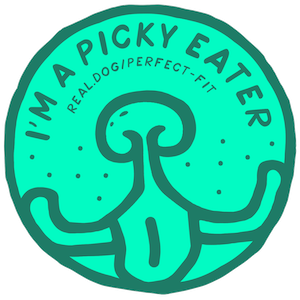 We guarantee that if your dog doesn’t love a treat, we’ll replace it for free.
We guarantee that if your dog doesn’t love a treat, we’ll replace it for free.